
ASUKA: In Harmony with Nature
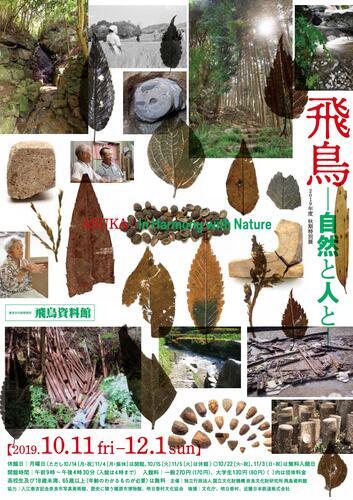
Introduction
The earliest attempts to build Chinese-style capitals in Japan found their home in Asuka. Compared to the vast open fields where later capitals were placed, Asuka was a mountainous area with a narrow stretch of arable land with a zigzagging river flowing through the middle. It does not sound like the ideal place for building a grand metropolis, yet, this is where the imperial government resided for nearly one hundred years.
Today--1300 years later--Asuka is a charming rustic region with traditional farmhouses, rice terraces, and the occasional ancient monument scattered amidst the densely forested mountains.
While both the lifestyle of Asuka's residents and the surrounding natural environment has changed significantly over the centuries, the fact that the landscape plays a prominent role in the life of the locals remains the same.
The Topography of Asuka
The administrative center of the state in the seventh century was located in a narrow area about seven hundred meters wide from east to west and three kilometers long from north to south. It is on the north-western edge of current-day Asuka-mura.
Many Japanese court traditions are based on Chinese ones. One such tradition is that the sovereign should always face south when addressing his subjects. However, because the capitals in Asuka were built on a narrow slope ascending towards the south, the sovereign ended up having to look up to his people. The lands for later capitals were chosen, not only because they were more spacious than Asuka, but because they were appropriately sloping down to the south.
The Rivers of Asuka
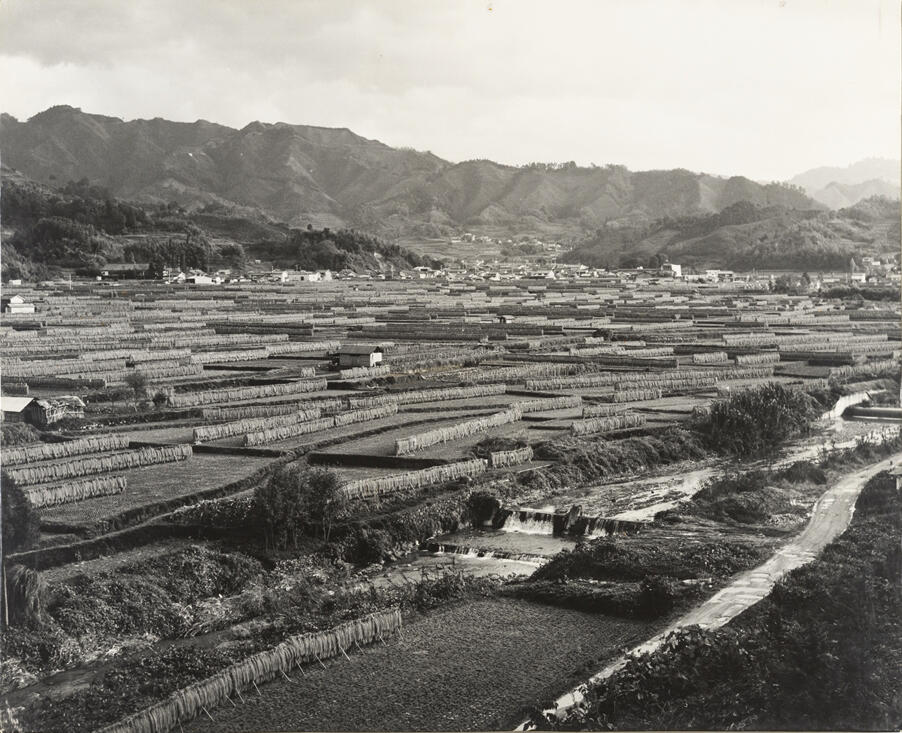
The soothing river breeze and cheerful melodies sung by birds passing over the twenty-five-kilometer-long Asuka-gawa inspired many classical poems. Although few locals sing odes to the river anymore, it remains a central part of their lives. Not only does it supply irrigation to the rice fields, it is also a sacred place for rituals. However, this river can be as much a source of calamity as a boon. The river flooded often after heavy rains and the locals had to plant bamboo along the bank to tame and shape the river to their needs.
The Stones of Asuka
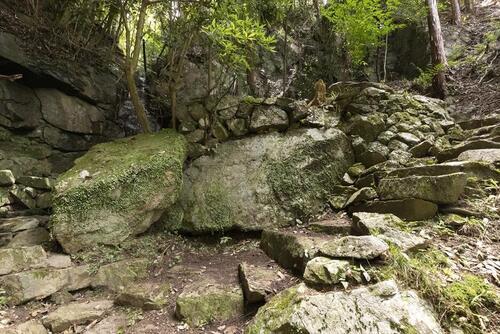
Imposing Buddhist temples, majestic burial mounds, and quirky sculptures characterize the Asuka period. All of these could not have been possible without the extensive use of stone materials. The color, texture, and durability, as well as the ease of transportation and sculpting, were key factors in the choice of the right materials for each project. The regular use of stones from distant locations reveals the extent of power exercised by the governing bodies in Asuka.
The Woods of Asuka
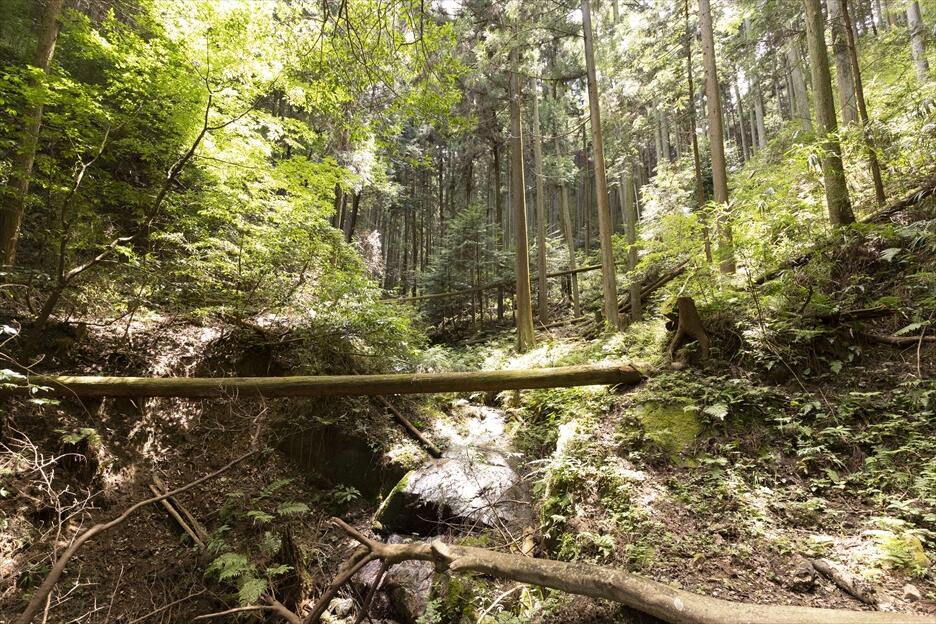
Asuka has a warm-temperate climate and as such should be covered in evergreen broad-leaved laurel forests. However, in Asuka-mura, because exploitation of the forests was followed by reforestation with economically valuable trees, 93 percent of the woods are atypical to the climate. Out of those, 54 percent is Japanese cedar, and 34 percent is Japanese cypress--both common lumber materials. However, one can still find laurel forests--both natural and artificial--nearby: Chinese cork oak (Quercus variabilis) and Jolcham oak (Quercus serrata) forests in Asuka-mura (Iwaido, Sakada, and Inabuchi areas); Japanese blue oak (Quercus glauca), chinquapin, and oak forests in Kashihara city.
Exhibit labels
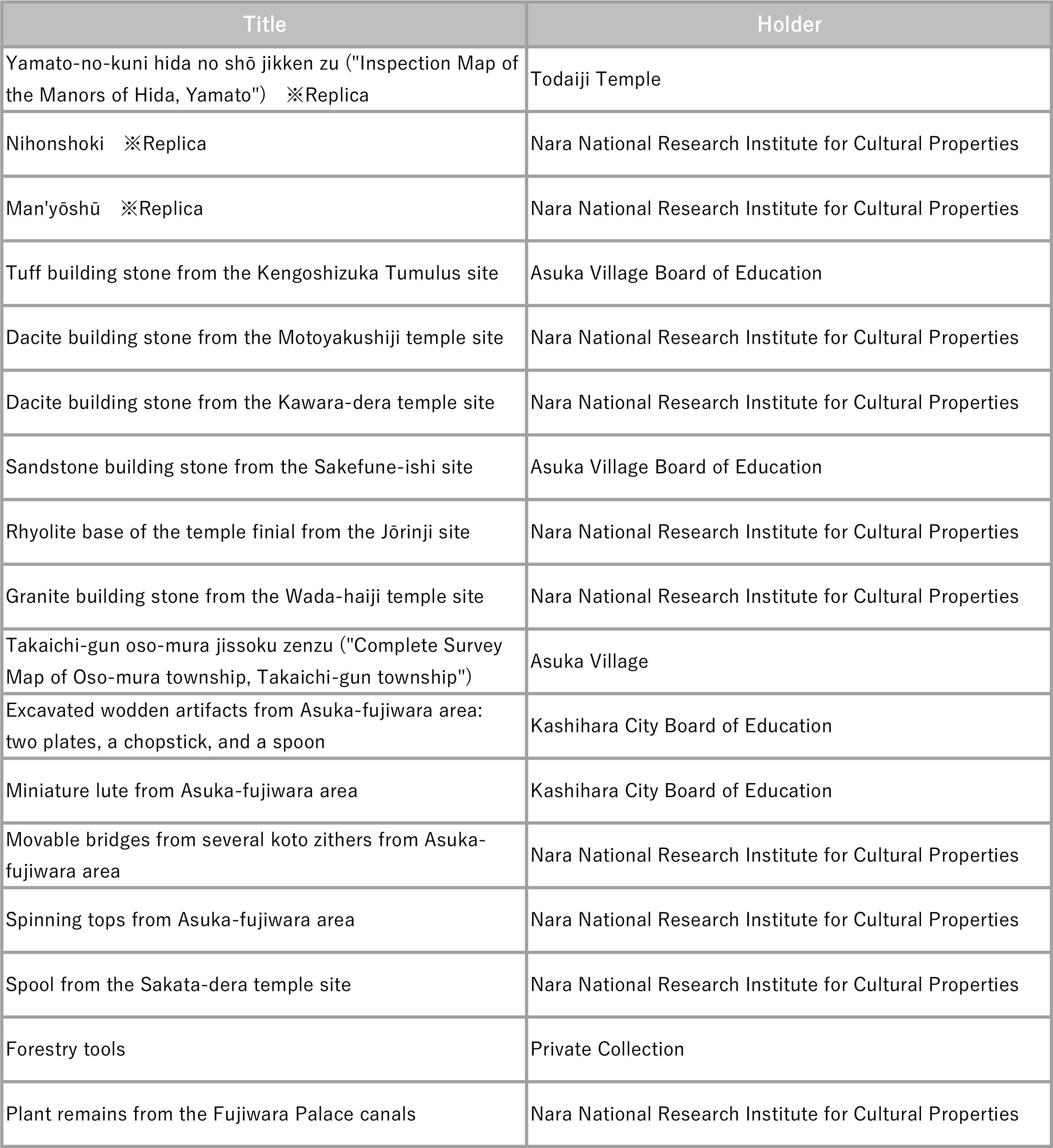

 About
About ページトップ
ページトップ

 ご利用案内・交通アクセス
ご利用案内・交通アクセス